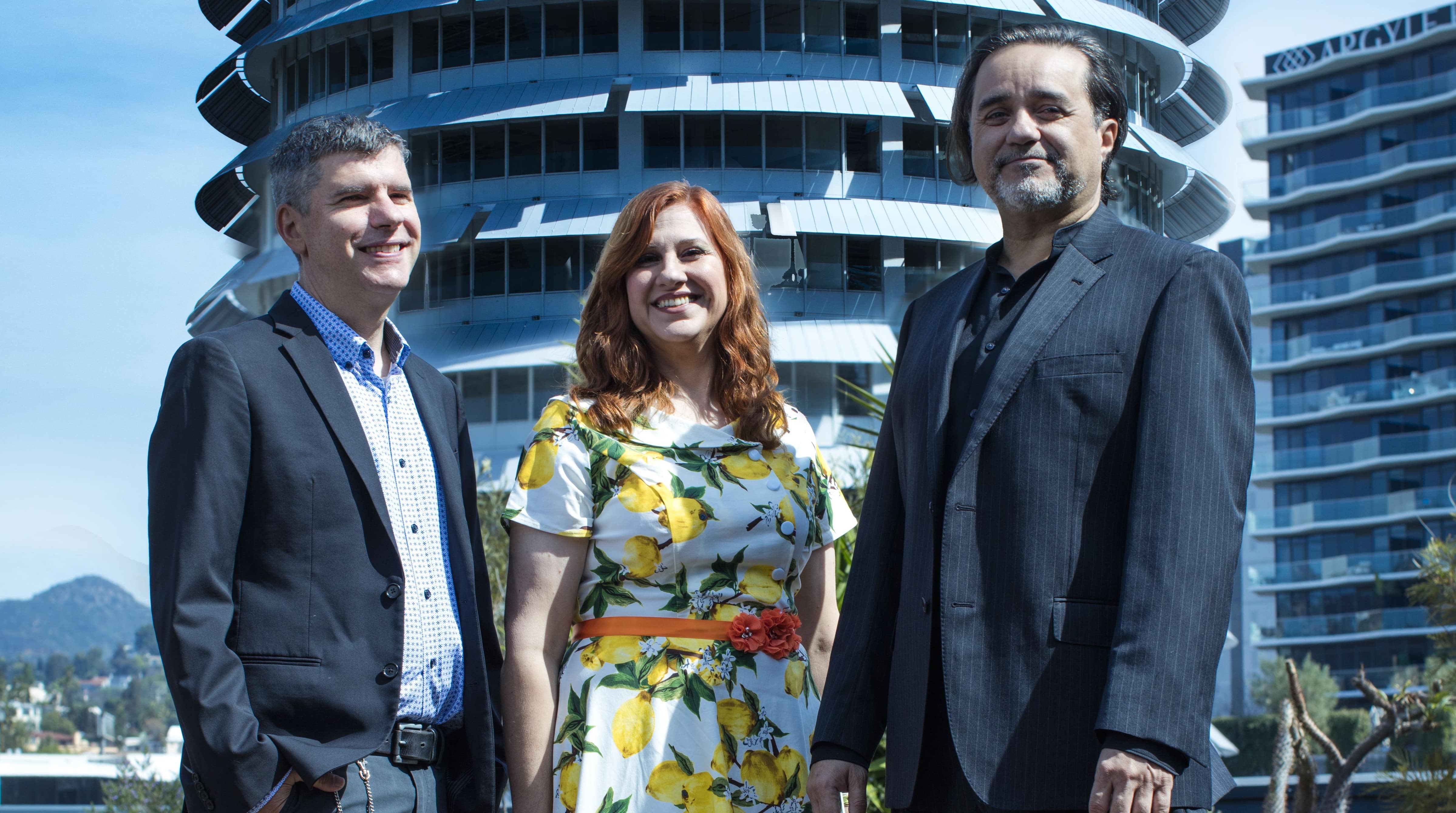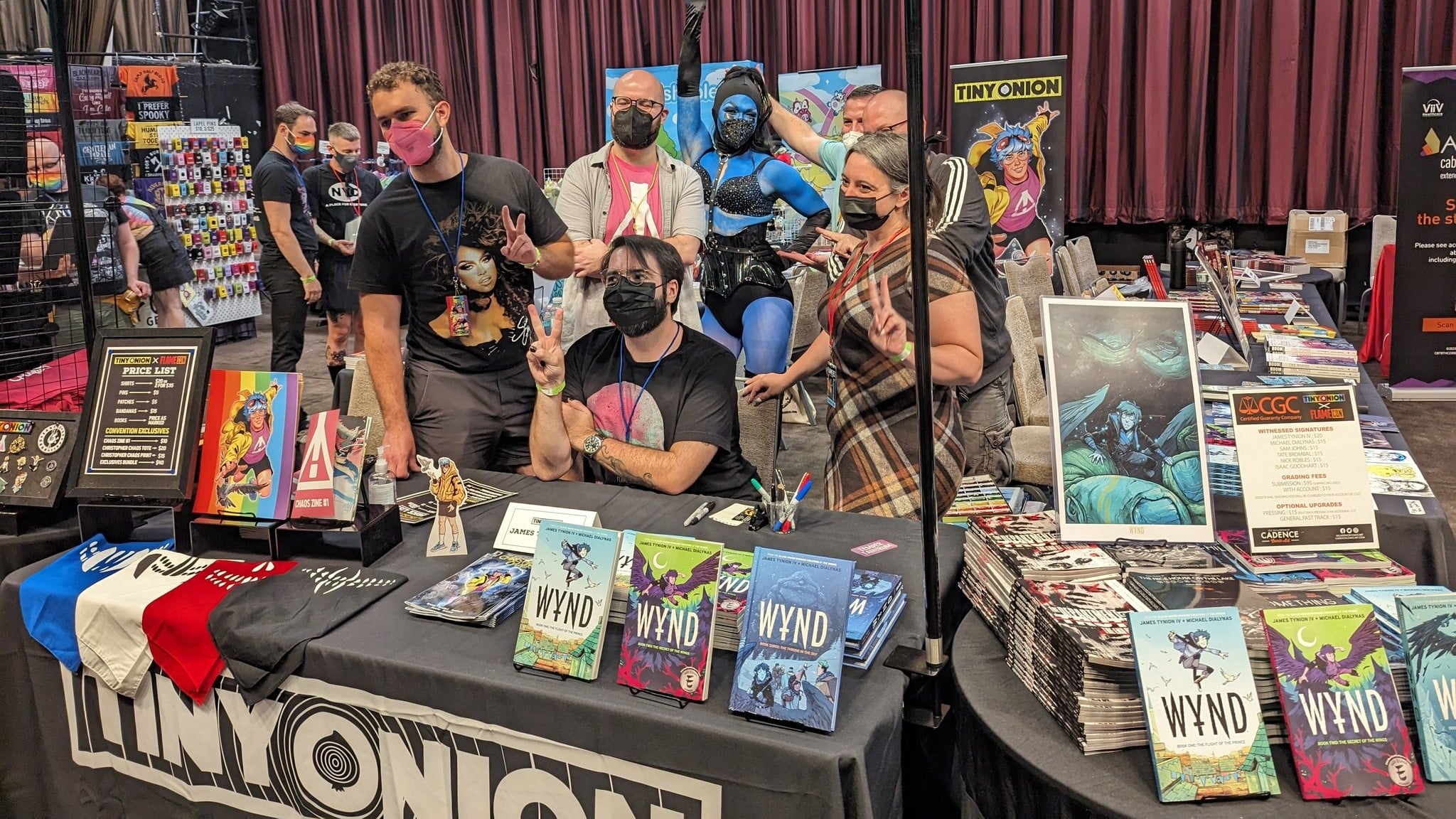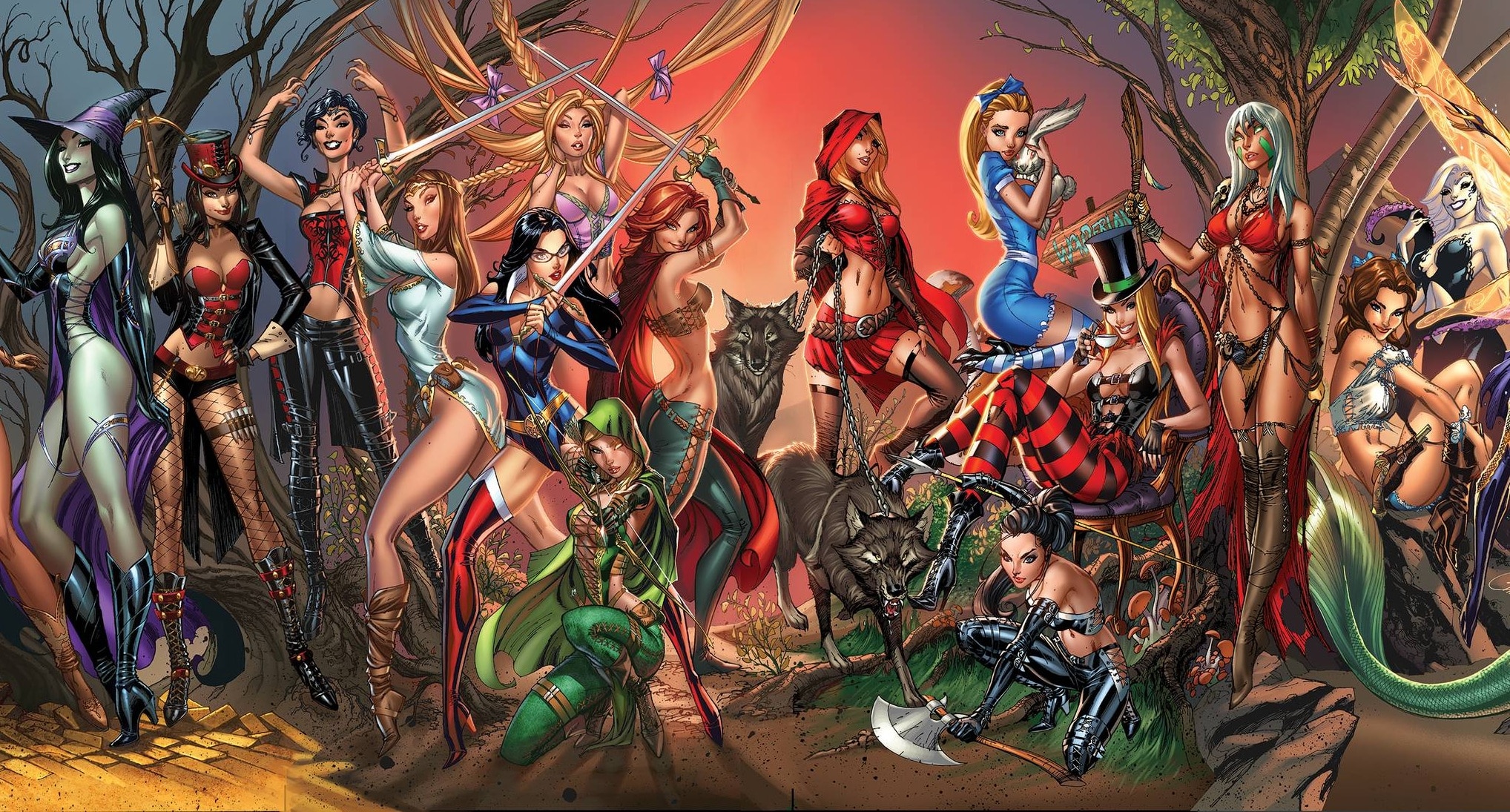“People don’t believe in God,” says Jesus Christ in Second Coming #1, “so much as they hope for a witness to their suffering.”
Thus began a series from writer Mark Russell and artist Richard Pace that surprised readers and critics alike. Far from the blasphemous screed the Fox News crowd assumed it would be before its Vertigo cancellation and subsequent pickup at AHOY, the series was an earnest and poignant look at not only what the savior of man might think upon his return to Earth but also how his views might inform the thoughts and actions of a guy who looks a hell of a lot like Superman.
Last week, the series returned with the first issue in its second volume, Only Begotten Son, and the story of a doomed planet that rings true both from comics history and the waking nightmare of the last three months. I talked with Russell and Pace via email about surprises from the reaction to the series so far, working on the second volume and what it’s like to create a satirical comic in 2020.

So launching the first chapter of Second Coming had some…drama…before you guys were able to settle in at AHOY and make a book that surprised a lot of people with its tone and sincerity. What’s it been like with this second volume to just get to the business of making the book without everything else?
Mark Russell: Well, I actually wrote the first six issues before I realized that anybody was going to be upset by it, so it didn’t really affect my writing. What is different is that when I wrote the first six issues, I thought that was all there would be. I realized how odd it was that Vertigo would take a chance on such a bizarre premise, so I thought we’d get our first six issues and no more. Now that I realize there’s an audience and AHOY is open to publishing more, I can relax and focus more on character development and tell a longer-arcing story.
Richard Pace: Following up on part of Mark’s answer; Vertigo was pretty established at letting one arc finish then wrapping it up. I had other editors asking what I was doing after Second Coming while we were still at Vertigo. On this second arc, it’s good knowing we’ll get to do the whole story.
Going back to the reaction to the first series, was there anything that surprised you *after* the issues started to roll out? It seemed like your letters column had an interesting mix of readers — including clergy.
MR: Sweet summer child that I am, I was actually more surprised by the initial controversy than the positive reaction that followed once the comic actually came out. I’ve had a lot of clergy and other Christian readers reach out to me, tell me that while they bought the comic to hate-read it, they actually ended up liking the comic once they realized it wasn’t an assassination attempt on Jesus Christ. I don’t really write with a reaction in mind, but that was a gratifying response. Apparently, the controversy helped.
RP: It wasn’t terribly surprising, but the outrage and controversy fell away. Once the book was out and there was no fair way to say it was an attack on Christ, the people who fuel themselves on stoking rage had to move on. There are still people upset about our book existing, but they’re as likely to have read our comic as the Bible.

A hallmark of this series visually has been the shift in style from the biblical scenes to the present. What are the philosophical approaches in creating those distinct visuals, and what are the technical details that you and the rest of the art team use to make it happen?
RP: Mark occasionally drops a descriptive note that hits me in a strange way and sets me off in my own direction. The best example is from the very first issue when he described what is usually one tree in the Garden as “trees of knowledge of good and evil.” I decided it was just two trees, one male, the other female, both bearing specific fruit. Another line where Mark said Urban City looked like a more run-down version of Metropolis as it was drawn in the ’70s set me to thinking it would be awesome to have Curt Swan, who was THE Superman artist of the ’70s, draw those sequences. That rolled into getting another artist with more superhero in their stylistic DNA to finish the pages set there, which cascaded into the meaning of those visual choices.
The superhero style is really representing the mortal world, even one as populated with aliens and superheroes as we have here. My scratchy art and fuzzy coloring now explores the divine world and the history influenced by it. In this second volume, we see Jesus start to transition into the mortal world as he develops his new relationships with the modern world.
In Only Begotten Son #1, we visit Sunstar’s homeworld, Zirconia, a crystal-obsessed planet with retro future style. What was some of the thinking that drove your design choices there?
RP: That was following Mark’s lead — he wanted everything made of crystal. The retro SF look of everything is just something in our book’s aesthetic. One of our characters is named Rowbot, so I don’t think we can let ourselves go too high-tech.
So far, what’s been the toughest thing Mark’s thrown at you, and what’s been your favorite thing to take on?
RP: I have to do a few passes at some scenes and pages. I think the page I had to rework the most to get the humour to land just right was the food court scene in the first volume. Drawing any scene with God in it is fun, but I think the first splash page in Heaven was rewarding. As we’re rolling forward in the new arc, the covers are a challenge I’m particularly enjoying, especially with the divided motif I locked onto here.

Zirconia is, of course, not related to any other famous doomed planet in comics, *but* I always thought there was something strange about a story in which well-meaning scientists were ignored at the peril of millions. And then I lived through the last nine months of science denial. The last I had the chance to interview you, Mark, I asked what it was like to write satire during the Trump administration. What’s it been like to do that same job with the addition of a global pandemic in which a sizable percentage of the American public and its leadership says, “What virus?” and “It’s my right to not wear a mask!”?
MR: Our hunter-gatherer brains evolved mostly to deal with immediate danger and to tell stories around the campfire. So we’ve proven really ill-suited for responding to seemingly distant threats, and our capacity for story-telling has given us a bottomless well of denials to draw upon as those threats draw nearer. Whether the human race survives the 21st century will largely depend on how [good] our hunter-gatherer brains become at accepting unpleasant realities and responding to threats less obvious than a cheetah closing in on us.
Given your past work in writing about Christianity, I’m guessing you might be keeping an eye on its practitioners, especially the ones who might be missing the point. Has there been anything surprising to you in how the prosperity-gospel types have reacted to the coronavirus or anything else of the last year or so?
MR: Nothing from those con artists surprises me, but I am constantly amazed at how willingly people are taken in by them. These are the same people who made Jim Bakker rich … twice! One of the more troubling aspects of human nature is that we seem to be much likelier to accept a lie from someone we identify with than the truth from someone we don’t. Kurt Vonnegut once wrote a Kilgore Trout story where an alien lands on Earth and, noticing a house is on fire, breaks in to warn the inhabitants. But instead of fleeing the burning house, they brain the alien with a golf club, because his race communicates by tap-dancing and farting.
The sad conclusion I’m coming to is that many people, perhaps even most of them, would rather burn to death than expand their dogma. So anything we can do to fight that trend is a public service.
The first volume of Second Coming set up the premise — Jesus living with a superhero, trying to figure out how his teachings had been misinterpreted, etc. How does Only Begotten Son build on that? What additional themes are you going to explore?
MR: That children are how we repair the world. That the hope we have for them is our hope that we can somehow fix how badly we’ve screwed up the world. Our hope for redemption.

Tom Peyer — a guy who maybe knows something about comics — says in his “Editor’s Notes” in Only Begotten Son #1 that this chapter is “maybe slightly better than the first[.]” What do you think?
MR: Who am I to argue with Tom? Though, I tend to approach Second Coming the same way I approach the Bible. It’s not about the chapters, it’s about the books. Only once you‘ve read a book do you really get an idea of what the author just said.
RP: From my perspective, not only does Tom have the most impressive hair in comics, he also has a great take on what makes good comics. That said, it’s easier for me to like this first issue as I usually only see my mistakes when I look at my work, but since Leonard [Kirk] and Andy [Troy] did all this issue’s finishes over my layouts, I just get to enjoy the book.
Finally, what do you hope readers are going to get out of this chapter? And what are you going to take away from working on it?
MR: I hope it encourages them to read the rest. What this experience has confirmed to me is that no matter how bad your premise sounds, if you approach it with sincerity, if you find meaning in it, chances are that readers will, too.
RP: You really can’t beat Mark’s answer here. I would think our regular readers are inclined to agree with the message here, so I’m hoping that people coming to us get the humanity we’re trying to express in our absurd situations and see how it relates to the absurd situation we’re all living in now.
Will Nevin loves bourbon and AP style and gets paid to teach one of those things. He is on Twitter far too often.






